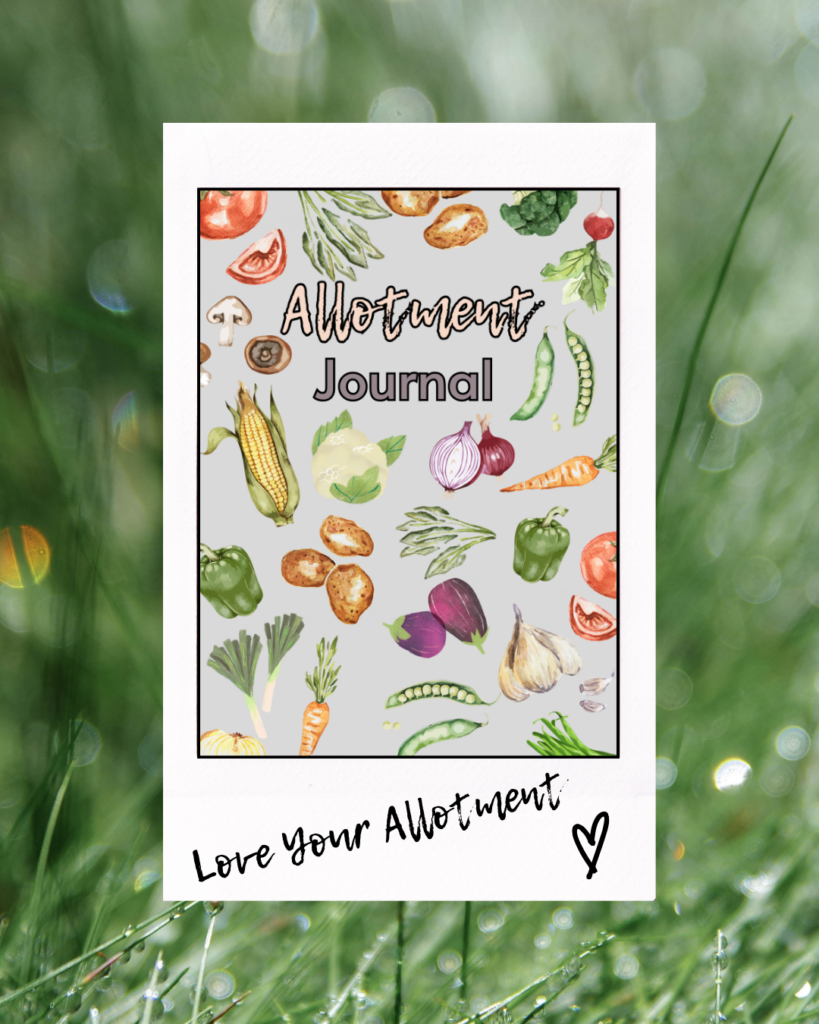Sustainable living and conscious consumption are increasingly part of the global conversation, but for those with no involvement in agriculture or growing your own food, permaculture may not be quite so familiar.

Permaculture is a well established philosophy that harnesses nature’s own resilience to create self-sustaining ecosystems. It’s not about ‘protecting the environment’ it’s about actively embracing natural cycles, and processes of regeneration and restoration.
The aim of permaculture is to create a future where human activities enhance rather than deplete our environment. It’s living a better life, in a more wholistic way.
What Does It Mean For Your Own Allotment or Garden
My motivations for having an allotment are rooted in my core values of wanting to live more sustainably and self sufficiently. I wanted to get outdoors more, work with and in nature, and create abundant healthy, seasonal, organic food.
It’s good for my mind, body and soul.
As another growing season starts, I’m learning more and more about some of these guiding principles and their wider impact, beyond my little slice of land I call Hen’s Tooth.
The Principles of Permaculture
Observe and Interact
It starts with taking the time to observe natural systems before making changes. When it comes to growing your own produce, this could include mapping the route of the sun across your plot through the year. Where are the shady areas? How does that change over the course of the year? Where are the dry or windy areas of your plot? What is the composition of your soil – is it sandy, chalky, heavy clay, or a combination? Then taking steps to make the most of and improve what we already have.
Catch and Store Energy
The use of resources needs to be cyclical. Nothing is wasted. This could include having systems in place to catch and store water and creating your own compost with waste materials. On a bigger scale it could be harvesting energy through solar panels etc. By storing these energies, you can make them available when needed.
Abundant Yields
For our efforts to be worthwhile, we need to enjoy their tangible benefits. Whether that’s an abundant supply of fresh, seasonal, organic food, or energy and other resources.
Self-Regulate and Get Feedback
Nature has built-in feedback mechanisms. By applying self-regulation; what went well, what didn’t go so well, and what did we learn – and being open to feedback, we can adapt to enhance sustainability and productivity.
Use and Value Renewable Resources and Services
The whole point of permaculture is about give and take, not just take. The emphasis will always be on the use of renewable resources and reducing our dependence on non-renewable ones. This principle encourages us to make the best use of nature’s abundance and minimise waste.
Produce No Waste
In nature, there is no concept of waste; everything is recycled. Permaculture strives to mimic this by ensuring that outputs from one system become inputs for another.
Design from Patterns to Details
By acknowledging and working with natural patterns, we can create designs that work more efficiently. This principle encourages us to look at the big picture first and then refine the details.
Integrate Rather than Segregate
Embrace a messy garden. Interactions between components of a system often provide more benefits than the individual components themselves. Integrating plants, animals, and people in a way that they support each other leads to more resilient and productive ecosystems. Encourage beneficial biodiversity to your land and focus on the health of your soil. Healthy soil, nurtures healthy plants.
Use Small and Slow Solutions
Large, fast changes often lead to problems. One step at a time, don’t try to do too much all at once. Small, incremental changes allow for learning and adaptation over time.
Use and Value Diversity
Diversity reduces vulnerability to a variety of threats and encourages resilience. There will always be successes and failures, but when you grow a variety of produce, you will always have something in abundance.
Use Edges and Value the Marginal
The interface between different elements is where the most interesting and productive things happen. By valuing these edges, we can maximise productivity.
Creatively Use and Respond to Change
Change is inevitable, but by being flexible and innovative, we can turn challenges into opportunities.
Why These Principles Are Important
Building community, making the best of the resources available without taking things for granted, or generating unnecessary waste, creating abundance, and enhancing resilience, these are the principles of permaculture that light the way to a more sustainable and equitable future.
Find more tips like these, and unlock the full potential of your allotment with this part journal, part guide, part planner.
Out Now on Amazon
With different layouts to organise your plans, tasks, observations, and ideas.
Here are some examples of the interior layouts:







